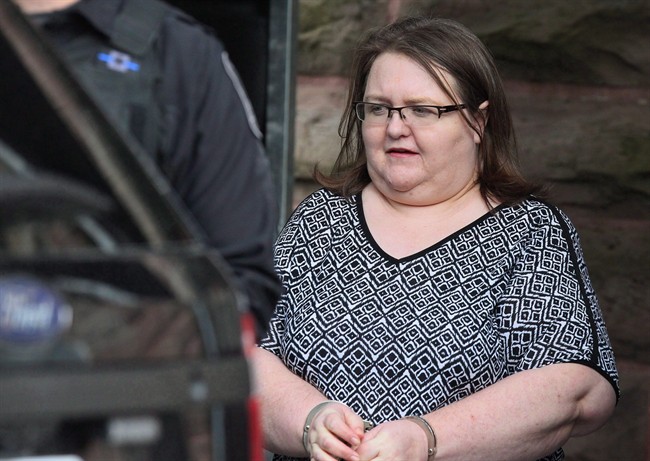Ontario’s inquiry into long-term care homes continued its Toronto hearings and heard of the province’s process for disposing of narcotics and controlled drugs from an expert in safe medication practices.

The drug disposal process was detailed just a day after the inquiry heard from an expert from the United States who noted that Elizabeth Wettlaufer’s murders showed no discernible pattern.
Julie Greenall, director of projects and education with the Institute of Safe Medication Practices Canada, told the inquiry there’s a thorough process in place for disposing of narcotics or controlled drugs.
“They have to be disposed of and witnessed by two regulated health care providers,” Greenall said.
“They have to be rendered unusable.”
Other medication, however, goes through a much simpler process, according to Greenall.

Get breaking National news
“They basically get put in this bucket … and then there’s a company that will come and take these containers.”
Greenall added that once the medication is placed in the bucket, not much attention is given to who has access to the bucket or what exactly its contents are.
“In all of health care, there’s a lot of trust that when we put something in the garbage it is going to stay in the garbage,” Greenall said.
Greenall also suggested a change to the process in which it would be prohibited to remove medication that has already been placed into the bucket.
WATCH: Ex-nurse serial killer Elizabeth Wettlaufer sentenced

The Long-Term Care Homes Public Inquiry aims to learn how former nurse Elizabeth Wettlaufer was able to kill eight patients in her care over a roughly 10-year span.
Wettlaufer used insulin to murder the eight patients in her care, and attempted to murder four others.
Her crimes only came to light when she confessed them to mental health workers and police.











Comments